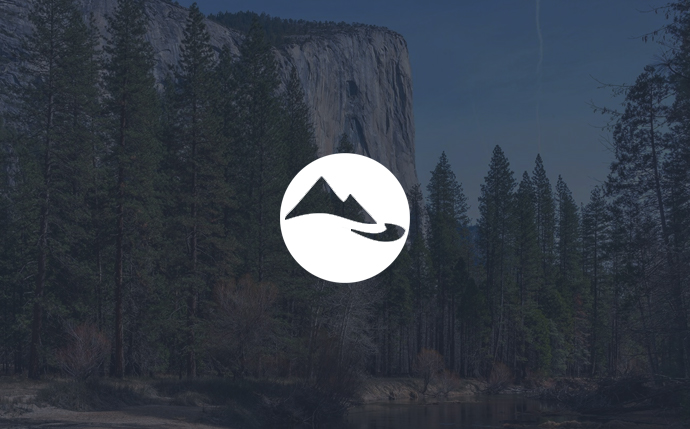
Webinar next week: Translating connectivity research into conservation action
We are very pleased to be hosting the next conversation in our on-going Landscape Conservation in Action webinar series next Wednesday, May 26th, at 2pm ET. We will be joined by Paul Beier, a Conservation Research Fellow with the Center for Large Landscape Conservation and formerly the Regents Professor of Conservation Biology at Northern Arizona University, who will draw on his connectivity science career of more than 30 years to offer insights into translating connectivity research into conservation action.
Webinar Title: Cougars, Corridors, and Conservation: Three decades of expanding vision and partnerships
Description: During a study of cougars in rapidly urbanizing southern California (1988-1992), I documented that dispersing cubs could find and use narrow corridors through urban areas, and my population model showed the importance of connectivity. Since then, I have been learning how to translate this science into conservation action. The key lessons were that fighting fragmentation is less effective than implementing a linkage design (duh!), and that scientists can be effective leaders only if we get local conservation practitioners to invite us to participate in their real-world work. This work involves workshops to identify 10 to 20 focal species per linkage, identifying barriers and chokepoints, and writing (nay, implementing!) plans that integrate the goals of conservation, economic development, and social justice. These efforts are not just slowing down the rate at which things get worse (“mitigation”), but are creating landscapes more permeable to wildlife than what we have today.
